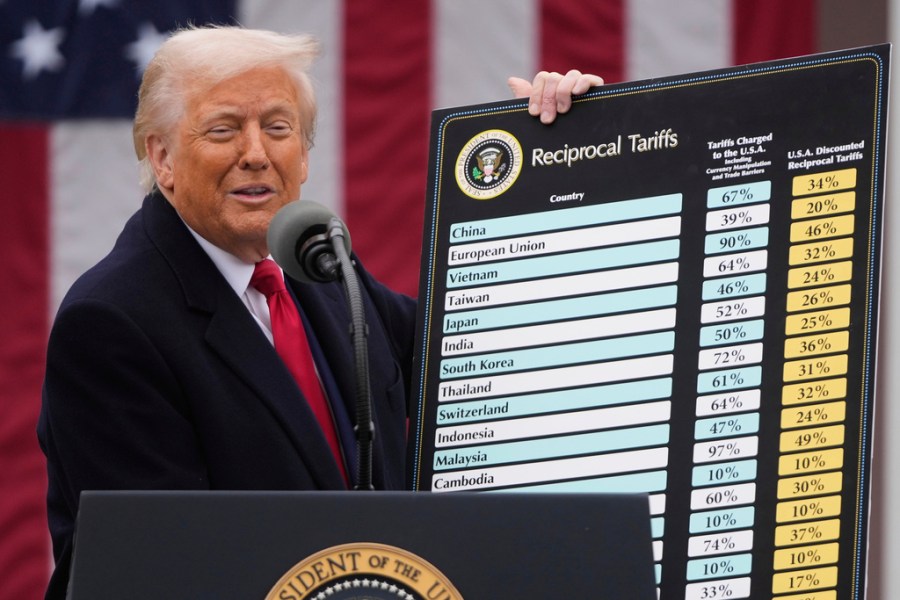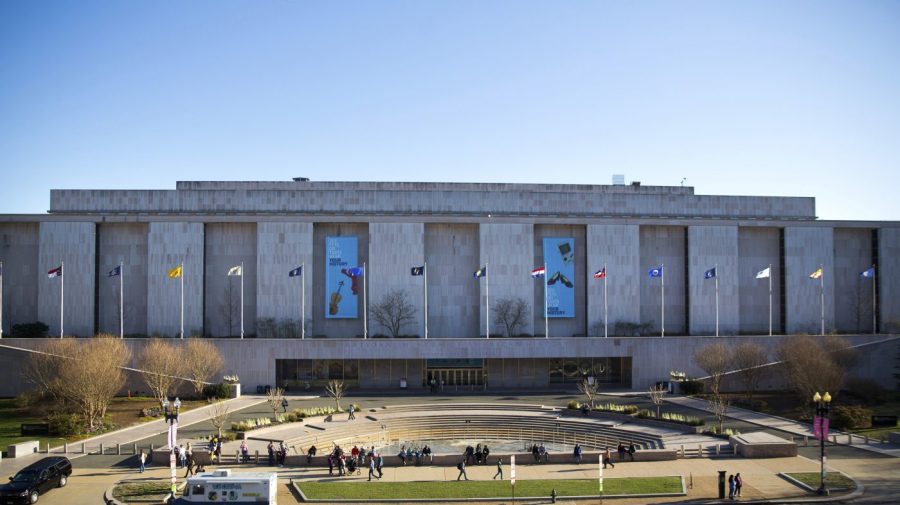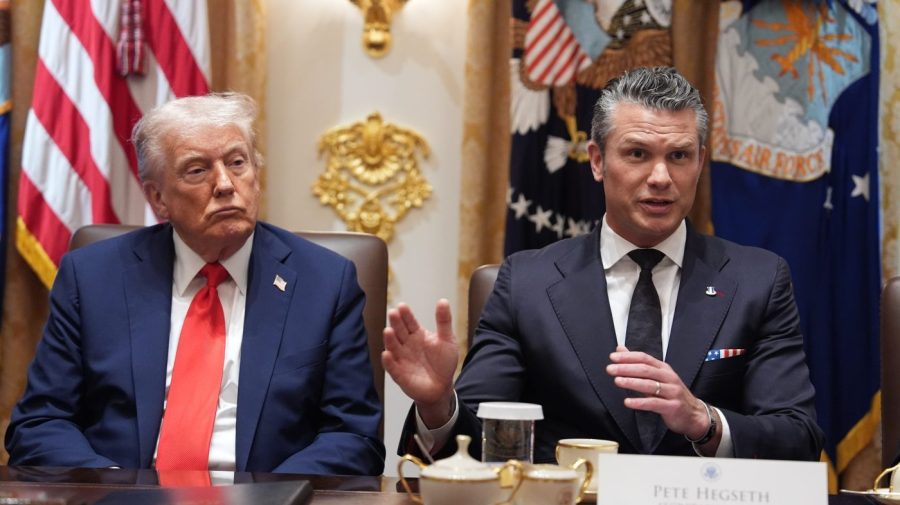
Over the past nine months, the Trump administration has imposed sweeping new tariffs on imports from much of the world. This includes major products like steel and aluminium. More tariffs have been promised on semiconductors, pharmaceuticals, furniture and other products from next month.
These measures have strained our alliances, disrupted supply chains, and increased costs for American firms and consumers. To be clear, these tariffs are effectively tax increases for businesses and households. Budget Lab at Yale The 2025 tariffs are estimated to increase prices by 1.7 percent in the short term, equivalent to a loss of $2,400 in average income per household by the end of the year.
These tariffs have generated a windfall of new tax revenue that deserves deliberate and strategic use. To understand the scale, consider the following: Before the 2025 tariff increase, the U.S. average effective tariff rate was 2.4 percent. By the end of September, consumers are estimated to have faced an average Effective tariff rate 17.9 percent, Highest since 1934.
In SeptemberThe US government collected $31.3 billion in tariff revenues, bringing the total for the year to $214.9 billion. For comparison, the US collected $77 billion in tariff revenues During the financial year 2024. In other words: the government is now collecting tariff revenues at a far greater pace than at any point in recent memory.
Even if the administration loses a Supreme Court case challenging its International Emergency Economic Powers Act or “national emergency” tariffs in November, the President has already announced a new list of trade cases that would likely impose new tariffs.
These tariffs are hitting at a particularly sensitive time. Unemployment is rising, in part because of tariffs, but mainly because of the increasing influence of automation and other new technologies on the market.
Administration has swam Uses for tariff revenues that are self-inflicted range from compensating farmers hurt by tariff retaliation, a self-inflicted injury, to paying a very small portion of the $3.5 trillion increase in the fiscal deficit caused by the “Big Beautiful Bill” passed earlier this year.
A more focused, higher-impact alternative would be to deploy this revenue to benefit American workers by upgrading the American workforce. There is a mismatch between the jobs available in America today and the skilled workers to fill those jobs. By July 2025, employment opportunities in manufacturing sector to increase 437,000, With predictions that by 2028 2.4 million Manufacturing sector jobs may remain vacant. As technologies like AI and robotics become mainstream, even greater disruption to the economy and job market and a greater gap in skilled workers are predicted.
Congress and the Administration must commit to investing this large stream of tariff revenues in a landmark program of workforce skills and apprenticeships designed to prepare workers for coming economic and technology changes in the job market. Skilling the American workforce would also reduce income inequality and boost the middle class, while also making America more competitive globally.
A portion of the tariff revenue stream should also be used to restore and expand Trade Adjustment Assistance, a program that expired in 2022, which was specifically designed to compensate and up-skill workers hurt by trade.
The American Leadership Initiative focuses on developing policies that will advance the American economy and its workers for the 21st century. Although the Administration’s tariff policy does not advance that goal, the availability of abundant tariff revenues is a unique opportunity to better position the future of American workers.
Orit Frenkel, Ph.D., is the CEO of American Leadership Initiative,











